10 Common Fruits and Vegetables To Difficult Grow On Your Own. Good Luck!
Growing your own vegetables is a great way to have fresh produce. Often, homegrown vegetables have more nutrients than store-bought and they can be picked at peak ripeness to ensure a rich flavor. You have some control over when you harvest and what types of fertilizers or pesticides you'll use. But some vegetables are easier to grow than others. Avoid growing difficult varieties if you're just starting out.
Sweet Corn
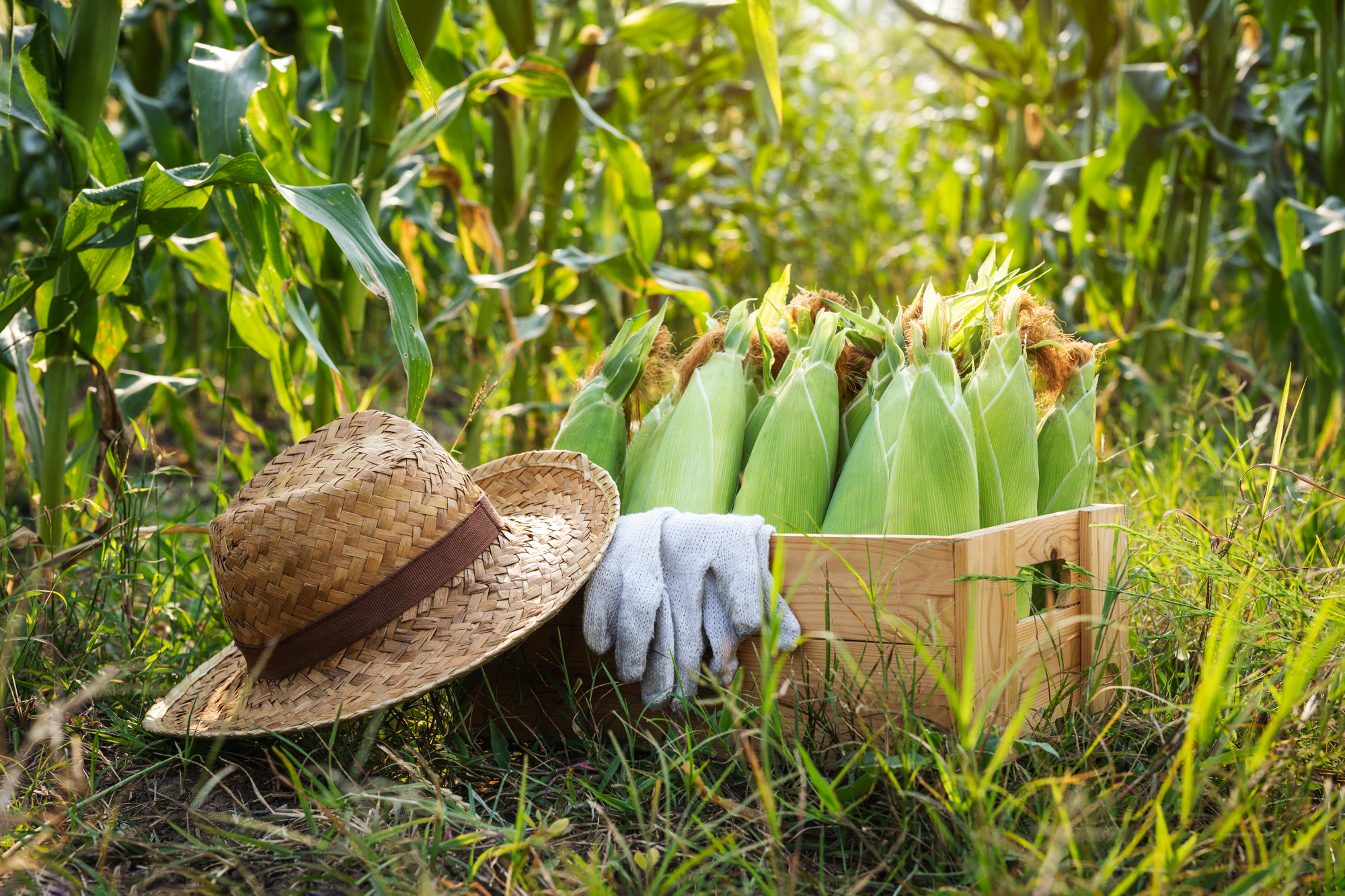
Nothing says summer like sweet corn. This delicious summer vegetable is rich in vitamin C as well as antioxidants which help boost your immune system and can help protect against heart disease. However, sweet corn is very prone to pests which will eat or damage a lot of the plant. If you decide to plant these, make sure to have a natural pesticide on hand when the corn starts to "tassle" or form fruit, so you can quickly and easily keep bugs at bay.
Onions
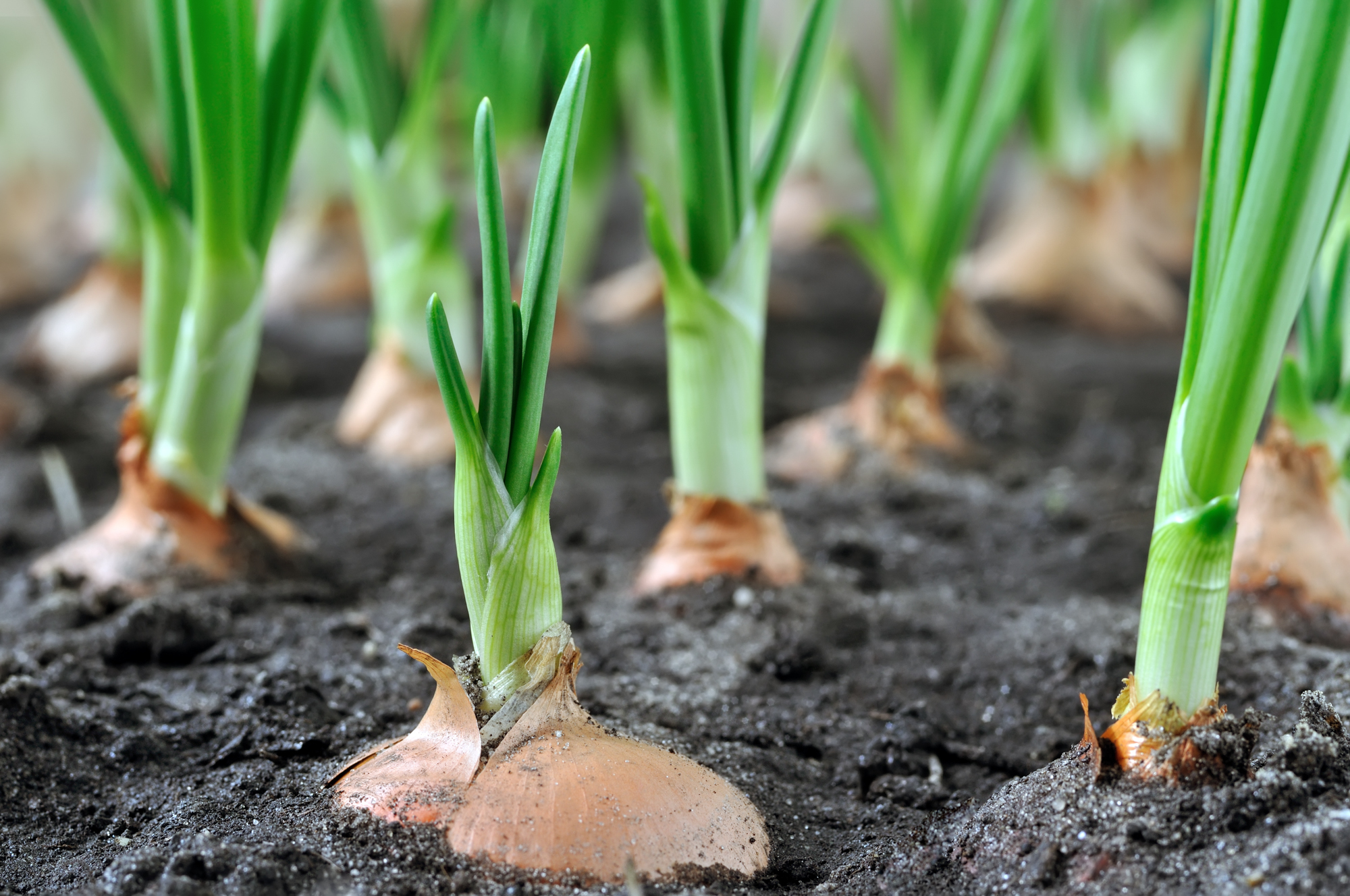
Onions are a common ingredient in many recipes, so it's only natural you'd want to grow some in your garden. They also contain flavonoids which act as an anti-inflammatory and antioxidant. Despite these great qualities, you'll want to be careful before adding these to your summer growing list. Select a variety that works for your climate. Most onions are very sensitive to temperature (both cold and hot) and are particular about the amount of sunlight they get.
Eggplant
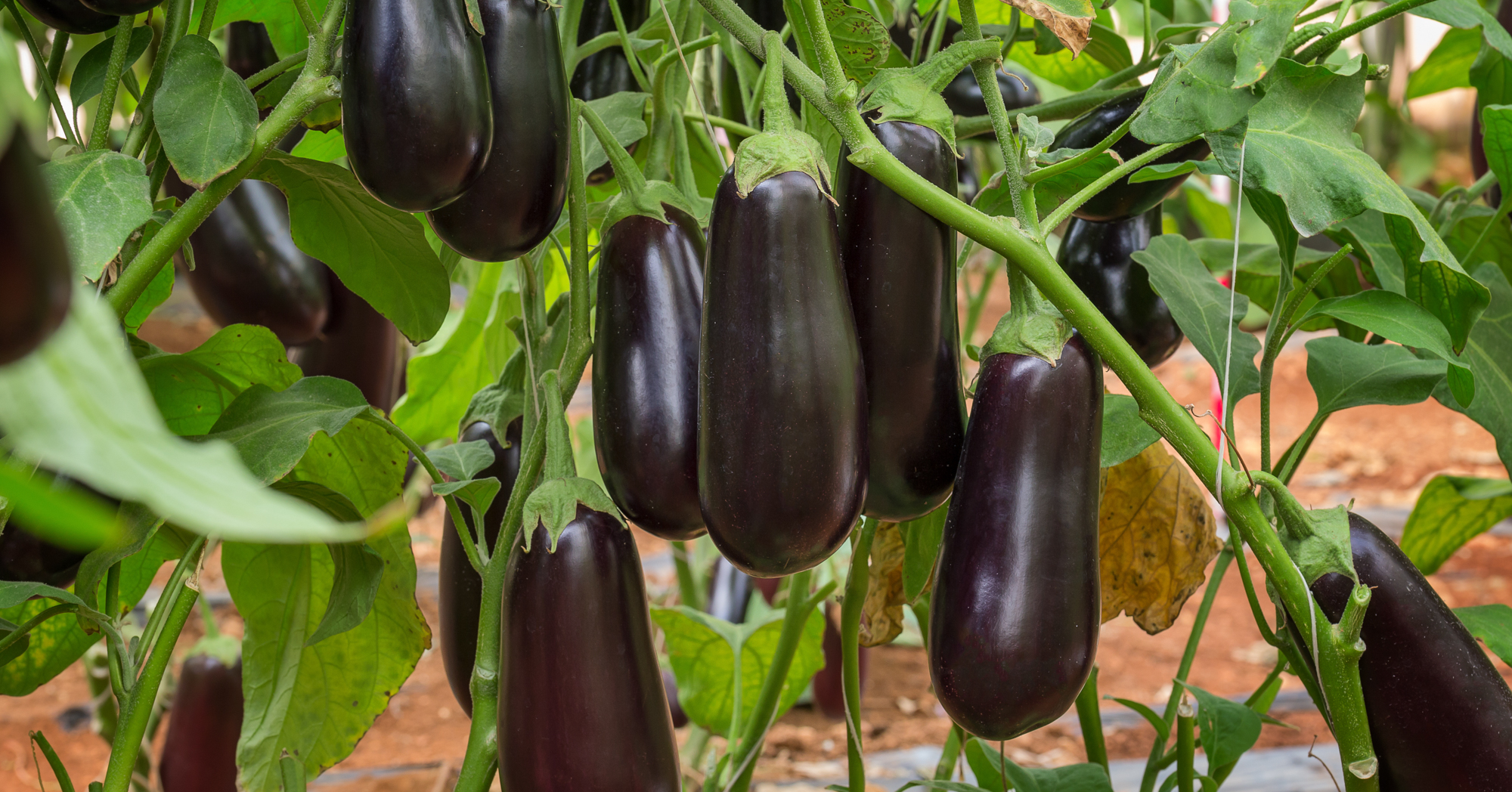
While you might not use Eggplant every week in your cooking, they're still a popular plant. To grow them in your garden will take a significant attention to detail as well as the perfect environment. Eggplant likes to grow in a warm climate, including warm soil and no wind. Make sure the temperatures don't drop below 60°F or you'll lose your crop. Ideally the temperatures won't get above 85°F either. If maintaining the temperature weren't tricky enough, Eggplant is also prone to pest infestations so make sure you keep a food-safe pesticide on hand.
Cauliflower
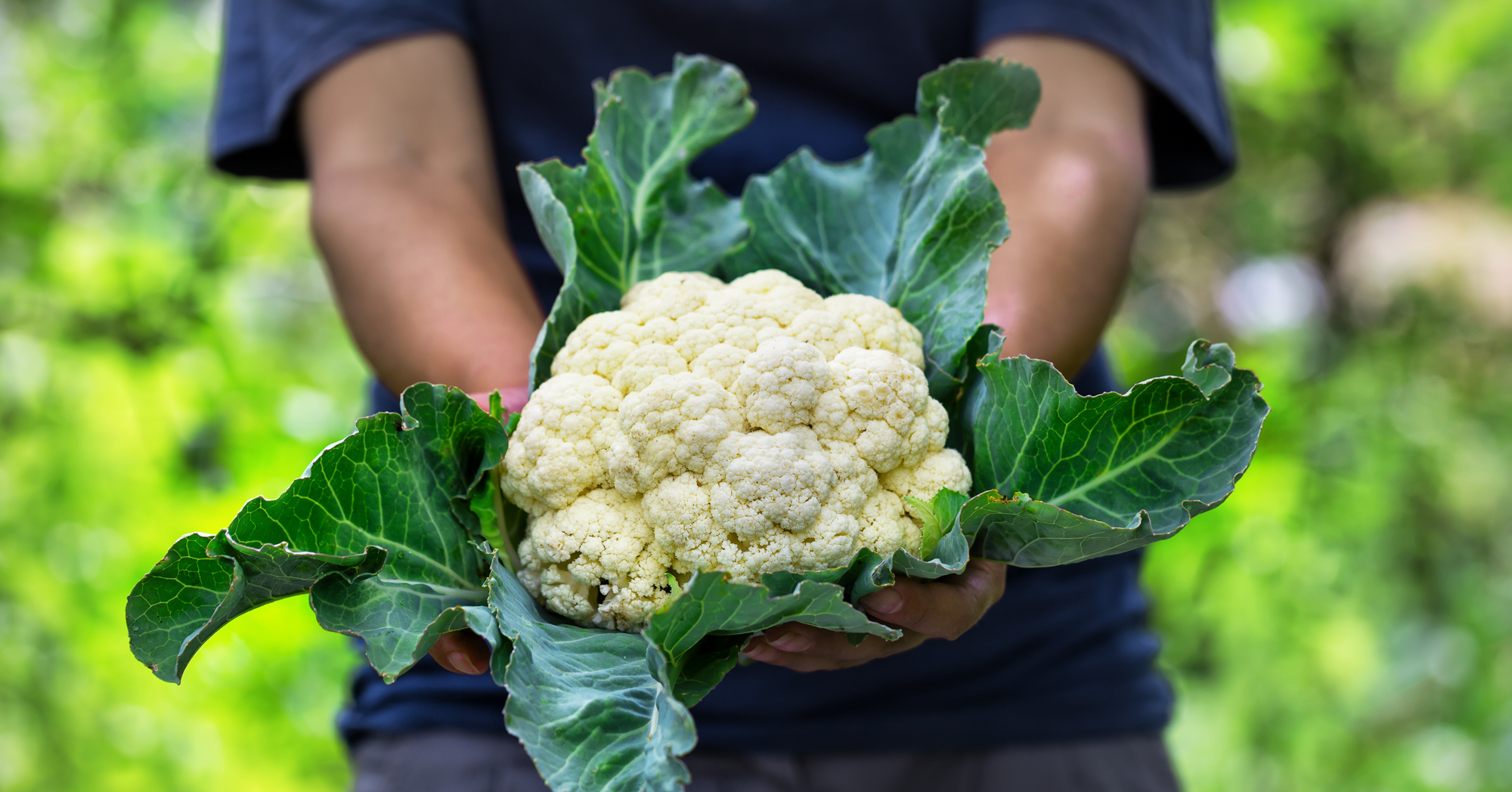
Cauliflower is a popular plant, especially for those who've eliminated grains from their diet. This vegetable is high in folate and fiber as well as Vitamins C and K. It's high nutritional value comes at a cost though, as this vegetable is quite difficult to grow. Cauliflower requires a long growing season with weather that's not too hot and not too cold. You'll need to water these plants regularly to ensure the heads form into nice florets.
Pumpkin
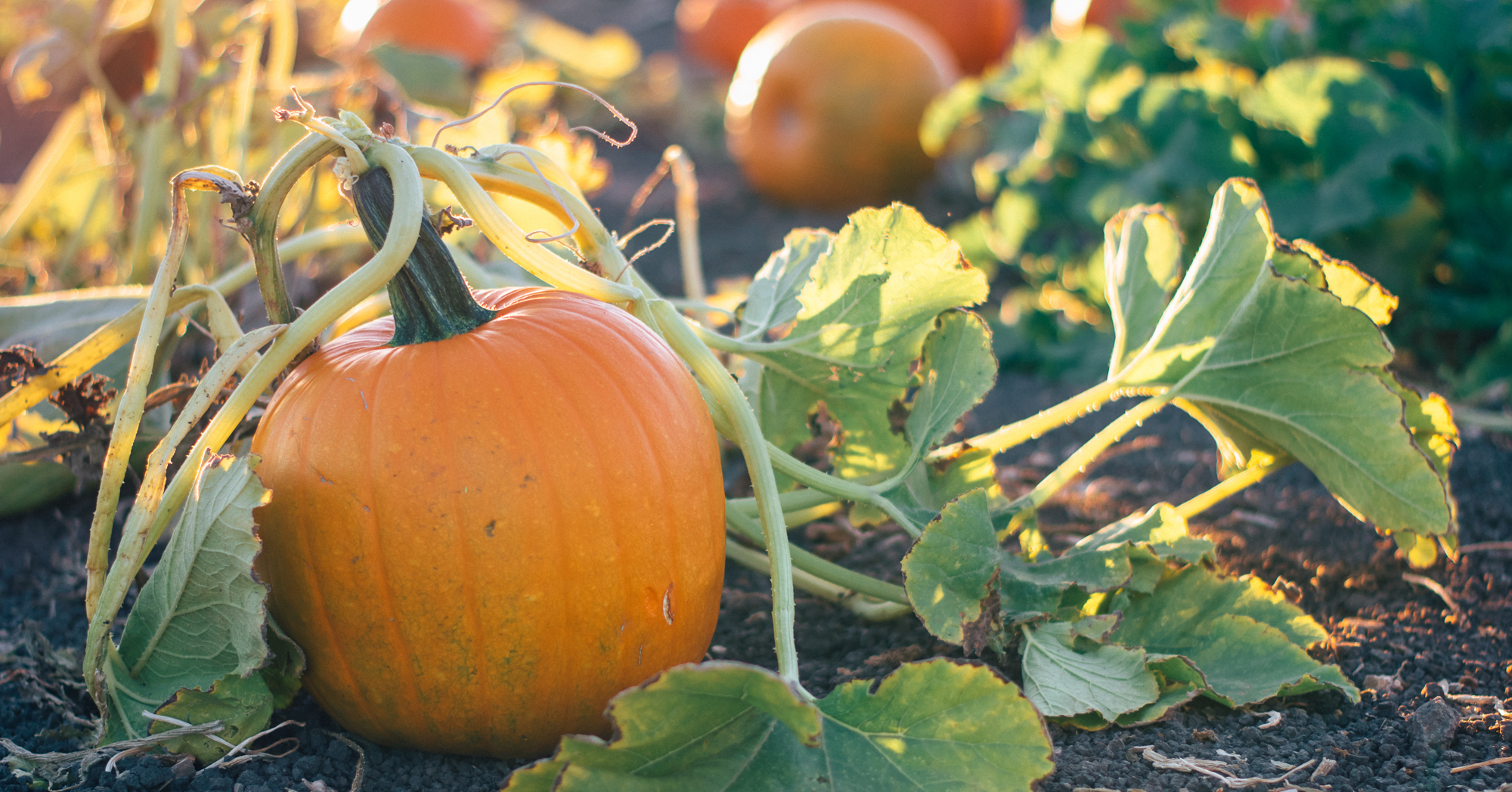
Growing your own Jack-O-Lantern or pumpkins for pie might seem like a fun endeavor. These squash are high in vitamins and minerals that help boost your immune system. They also taste fantastic in a variety of hearty fall dishes. Sadly, they can be quite a challenge to grow in your home garden. They require an extended period of warm weather and are also a treat for a variety of pests. Pumpkins have a shallow root system so you'll need to weed the area frequently as they will compete with the weeds for the nutrients they need.
Watermelon
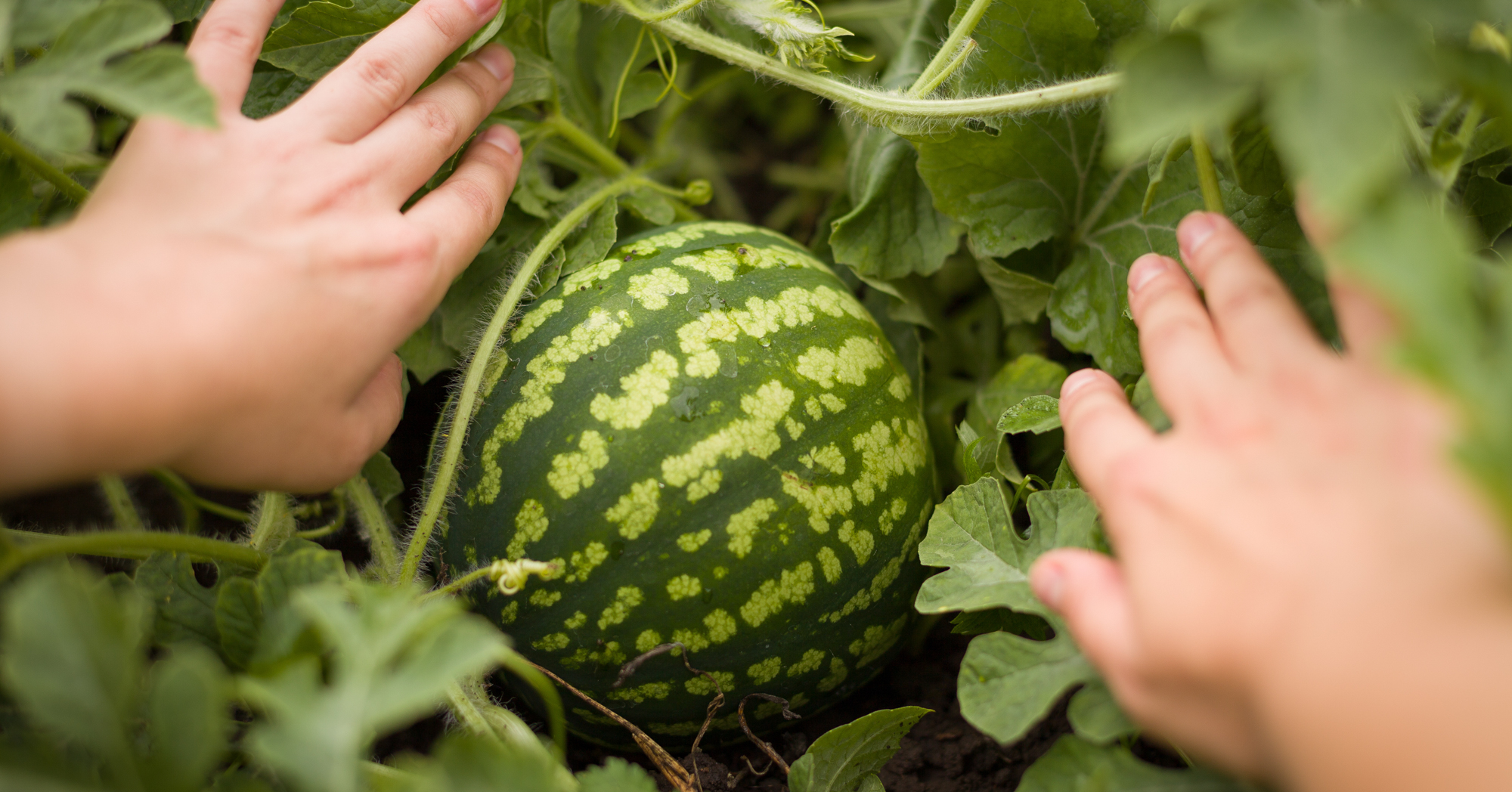
This delicious summer melon definitely tastes better fresh off the vine, but watermelon is a tricky one to grow. It takes about 80-90 days from the time seeds are sown in order for this plant to produce a full-sized fruit. Watermelon won't survive a frost, which makes it tricky to plant in climates that have four seasons. In order to thrive, they need a warm, even hot, climate to produce the nutritional, juicy fruit everyone loves to eat during the summer.
Celery
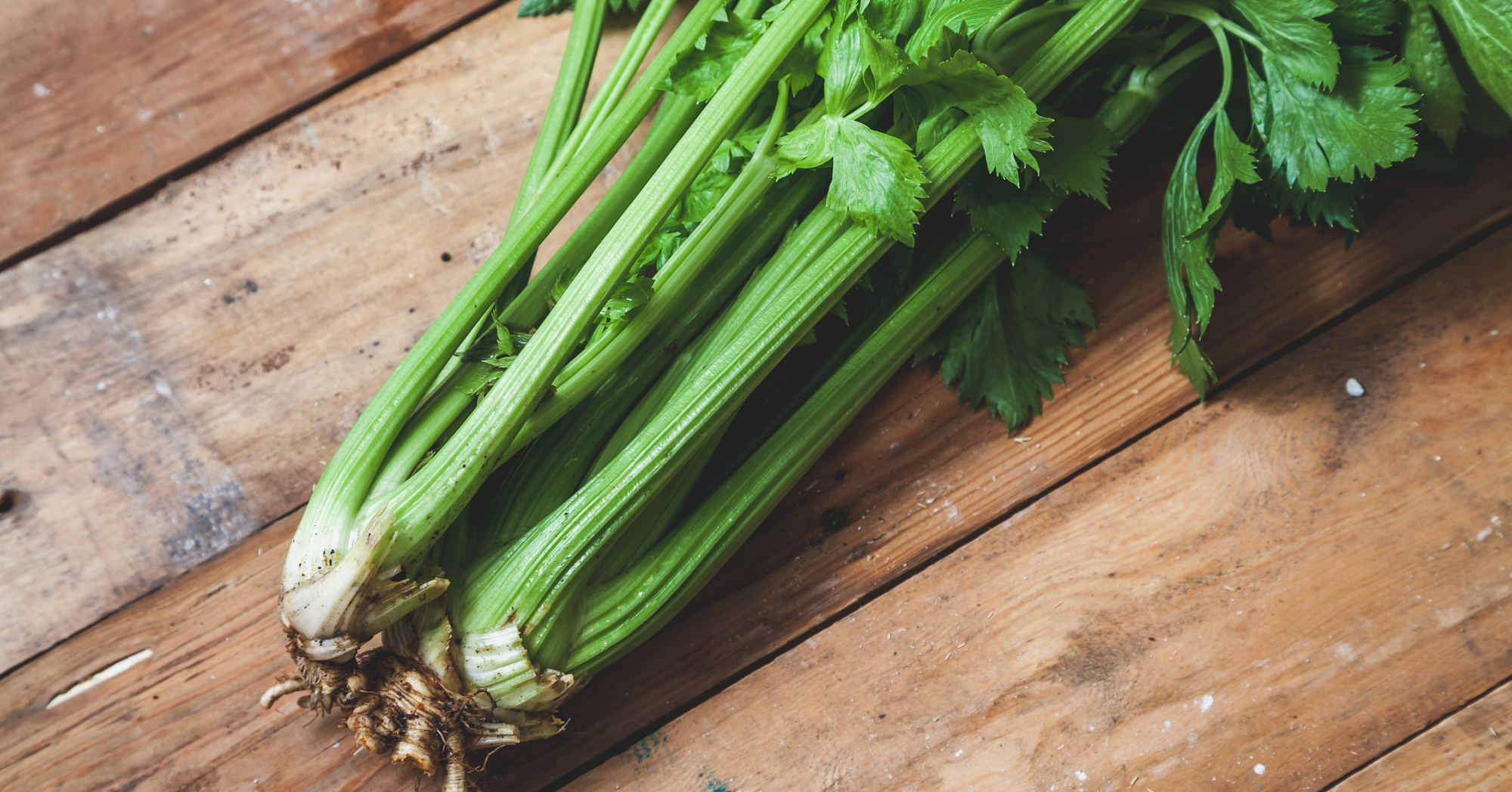
Celery is a great vegetable if you're looking to keep your heart healthy. It is high in both potassium and calcium and is easy to eat raw, though it is delicious when used in recipes as well. Unlike many other vegetables on the list, Celery prefers a cooler climate but still needs a long growing season without too many hard frosts. Even a slightly imperfect climate can cause problems for celery plants. It needs frequent watering, can't handle high heat, and needs to access plenty of nutrients in the soil to grow properly.
Asparagus

This tasty vegetable promotes gut health and may help to lower blood pressure but it's not easy to grow in your garden. It's often difficult to distinguish asparagus from weeds in the early days, but if you don't get the weeds out they'll compete with the asparagus for nutrients. This makes it tricky to get started and keep healthy. However, as long as the soil isn't acidic, it can grow in just about any type of soil.
Artichoke
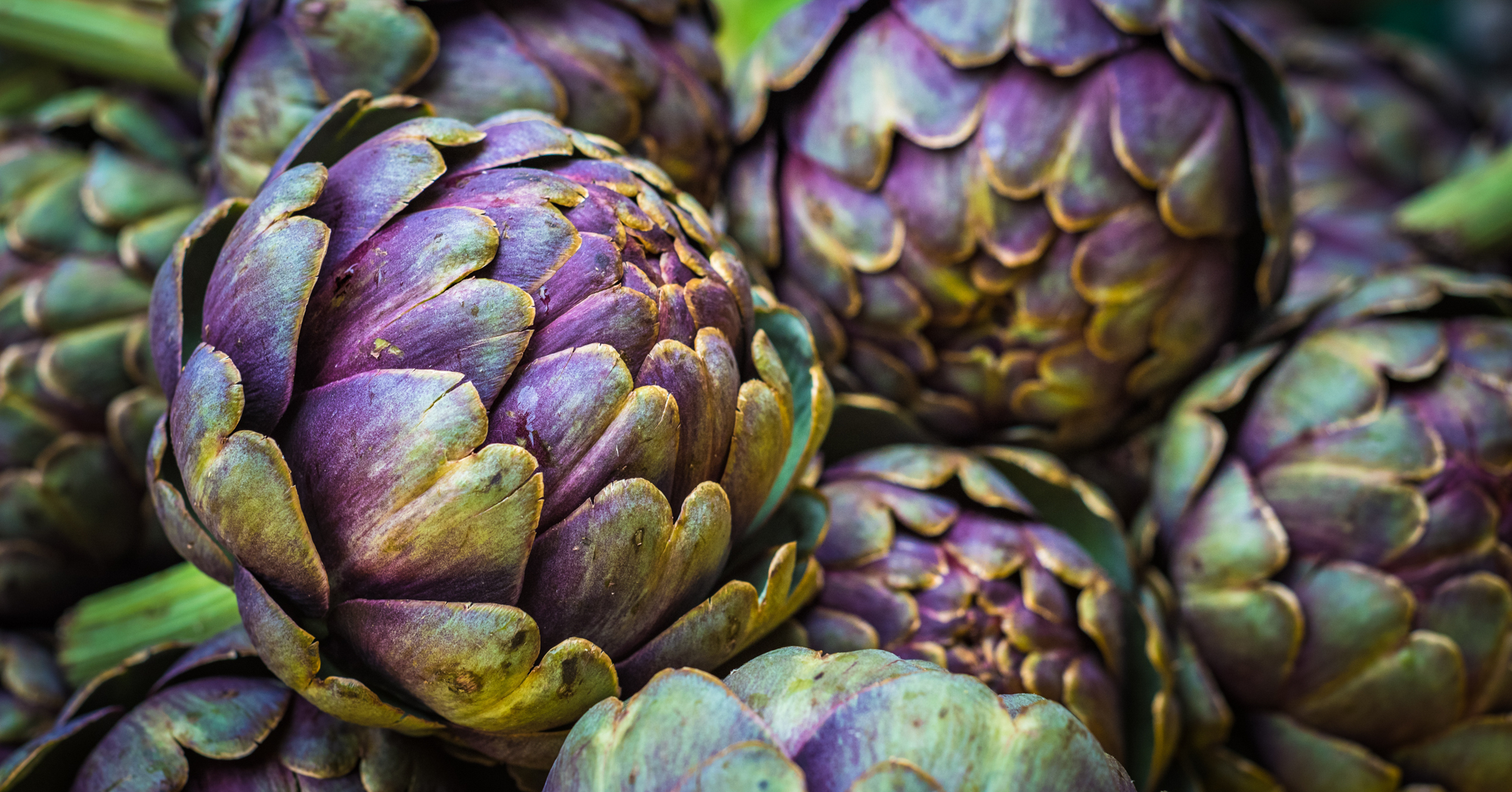
Who doesn't love a good spinach artichoke dip? This colorful vegetable helps to support a healthy immune and cardiovascular system. It also looks pretty, so it might be tempting to try growing in your garden. Unfortunately, artichoke does not do well in the heat. It needs to stay in a temperate climate in order to thrive. Young artichoke plants are also very susceptible to disease and pest infestations so you'll need to keep a very close eye on them.
Leeks
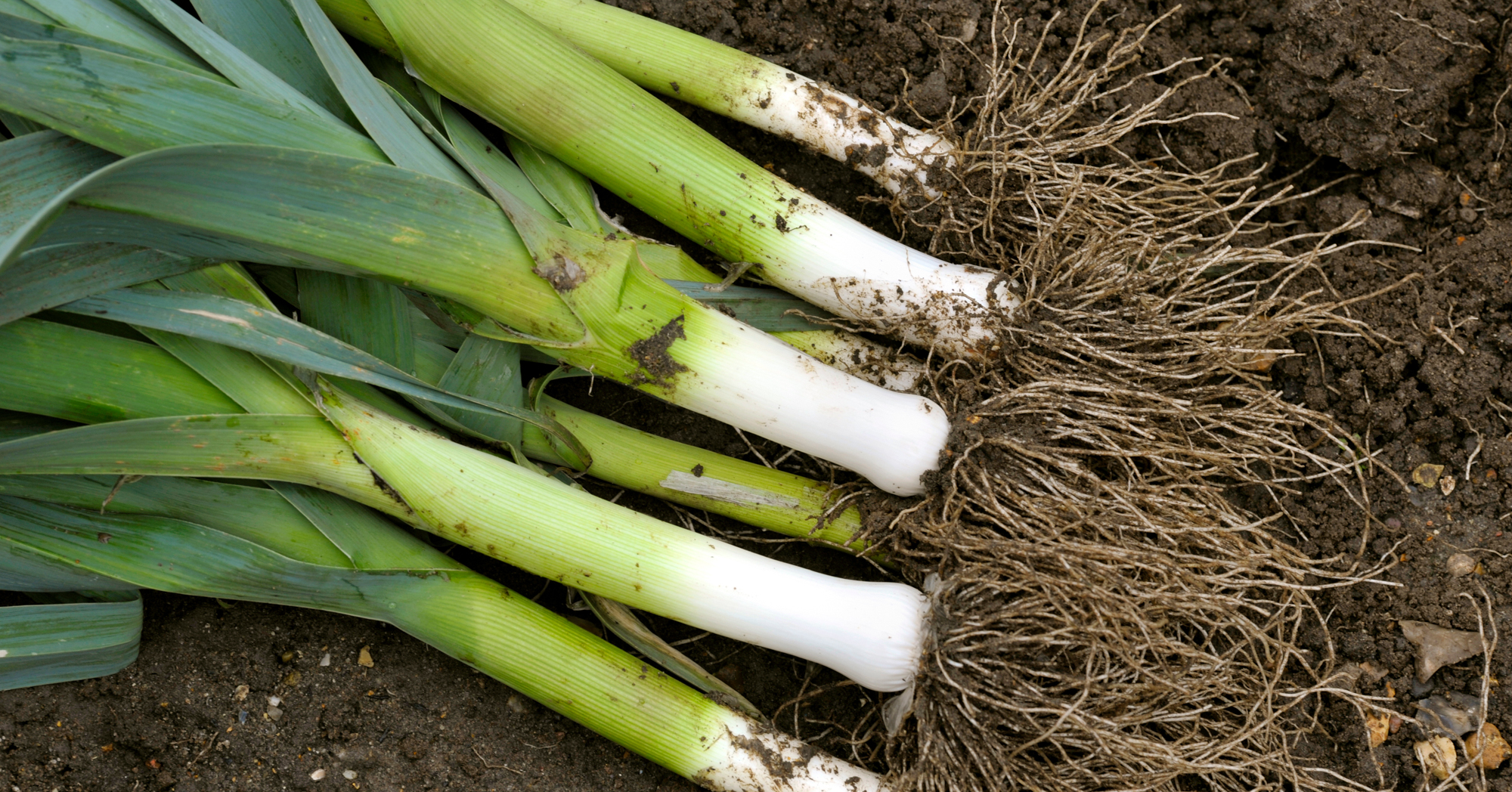
Leeks are a great source of fiber and Vitamin K and a good flavor alternative for those who find onions to be a bit too strong in recipes. Much like onions though, they can be rather challenging to grow at home. Leeks require a very long growing season, about 120 days, so in most areas you'll need to start them inside so they have time to grow without freezing. They need plenty of sunlight to grow to their full size and it's important to allow plenty of space between plants so they don't grow too thin.
12 Popular Plants to Absolutely Avoid Growing In Your Garden
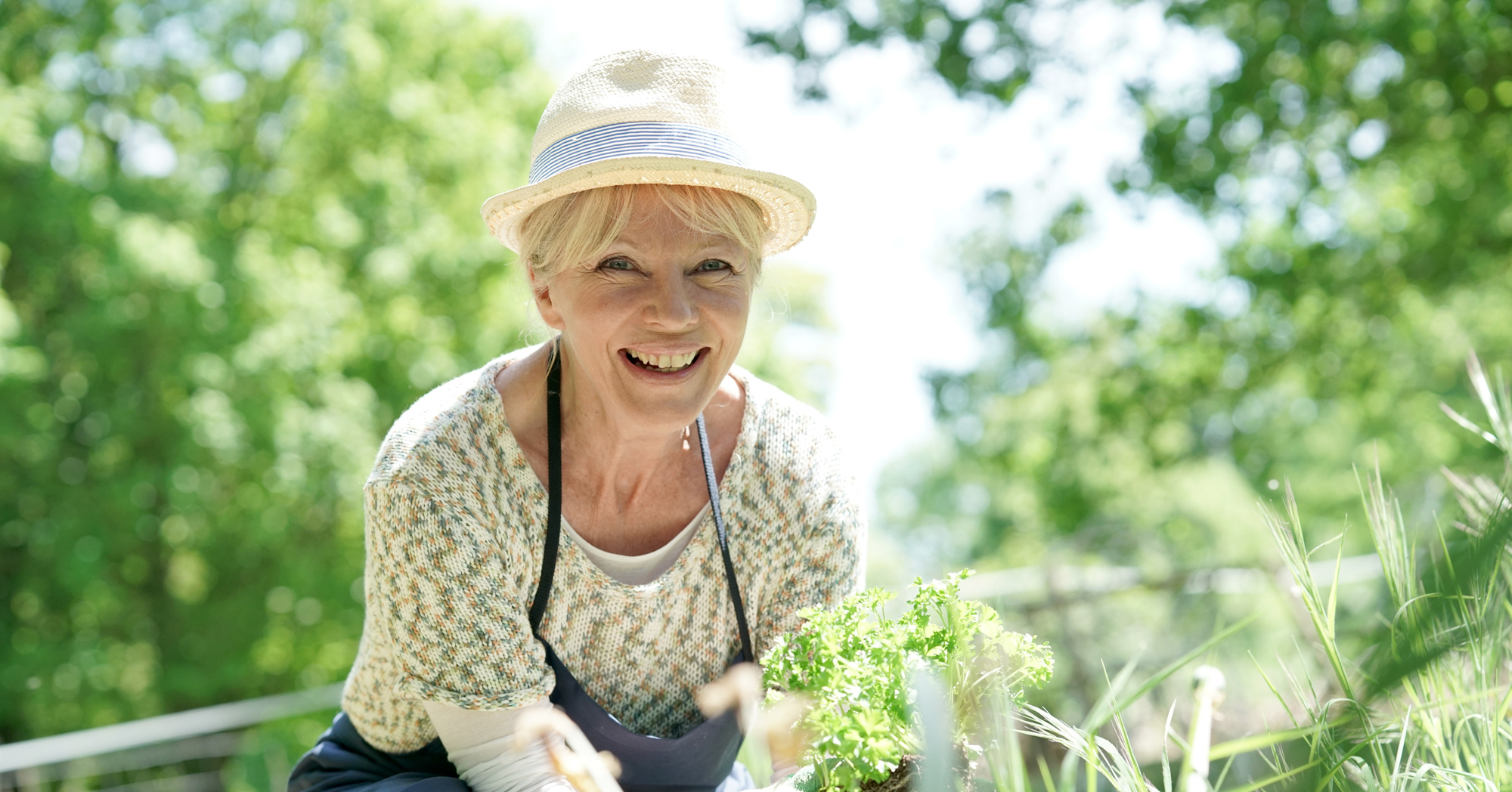
While gardening can be fun, make sure you avoid the plants on this list unless you want a headache. Some plants can become quite invasive and others have roots that can destroy the foundation of your house or break up sidewalks. Keep these plants out of your garden and you're on your way to a more pleasant and low maintenance gardening experience.
Don't Make These Beginner Gardening Mistakes
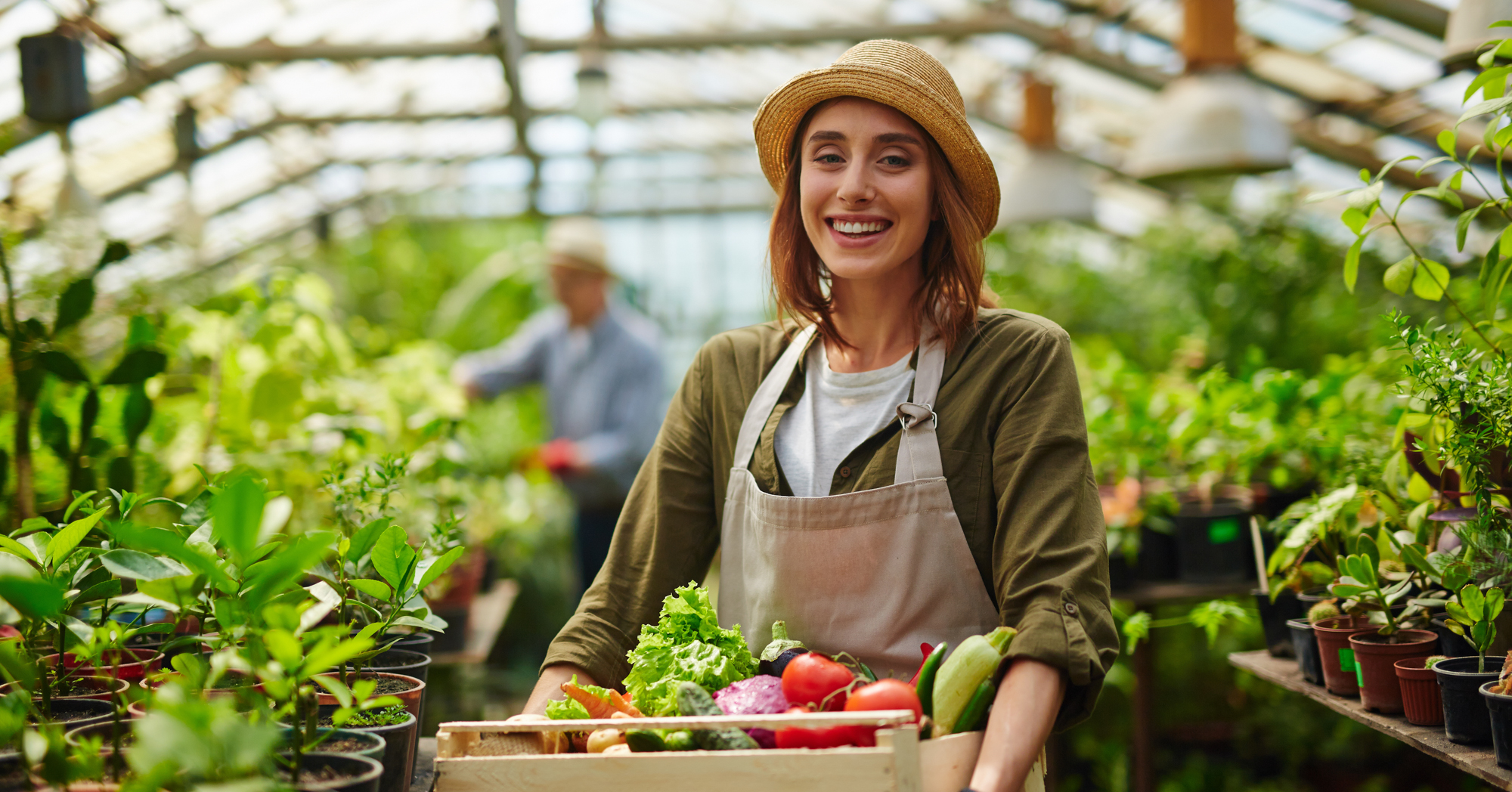
Gardening is a lot of fun but can also be quite overwhelming if you're just starting out. Naturally, new gardeners often learn from what they see more experienced growers doing. Sometimes this can lead to mistakes as beginners don't have the same knowledge and experience. These mistakes can be avoidable, but you have to know what to look for.
Butterflies Can't Resist These Flowering Plants
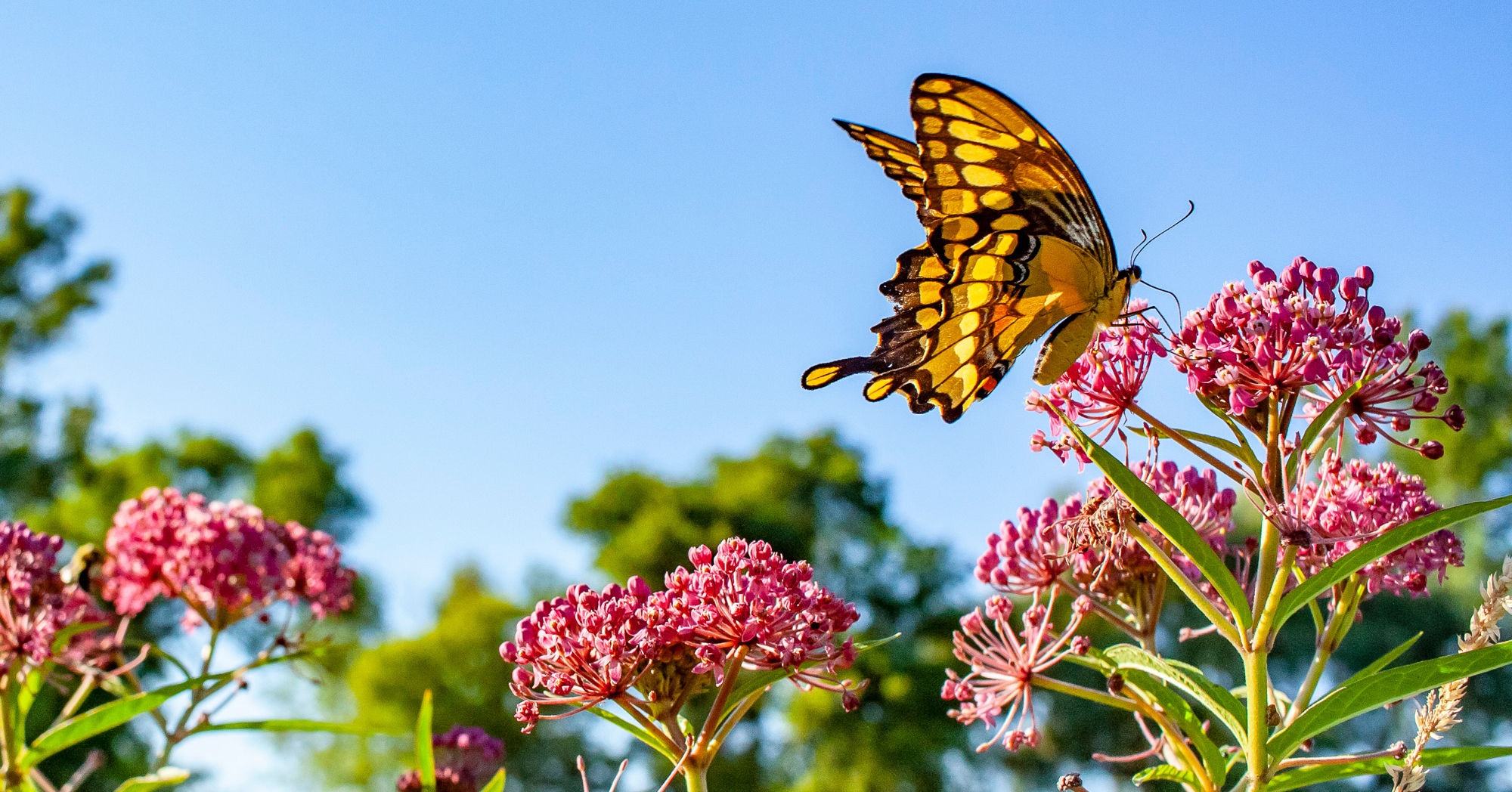
Watching butterflies around your garden is a great way to relax and unwind. Encouraging these beautiful insects to come into your yard is as simple as growing plants they're attracted to. While nearly any flowering plant will bring butterflies into your garden, the plants in this list are tried-and-true butterfly favorites.
This article originally appeared on Succulents and Sunshine.